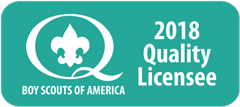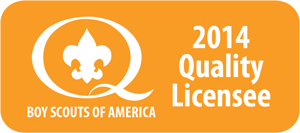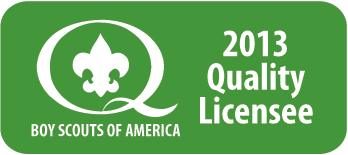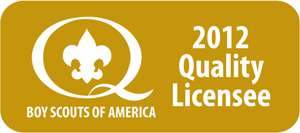Apparel Decoration Method
Embroidery
What is Embroidery?
The embroidery process is one of the oldest fabric decoration methods. It consists of strands of various color threads, sewn into the garment to create an image, text, or design. These threads are applied in various patterns, lengths, and thicknesses by a computer controlled machine to produce an array of different visual effects.
What types of garments are typically embroidered
Items that are most commonly embroidered include: ball caps, polo shirts, jackets, and non-garment items like backpacks and blankets. An embroidered design is typically fairly small and is placed on the left chest of a garment, or centered on the front crown of a cap. Embroidery tends to withstand repeated washings and compliments a clean, professional look.
Apparel Types
Embroidery Strengths and Weaknesses
Embroidery is a lot like a impressionist painting. It looks worse the closer you look. Magnify a part and compare to a vector image and embroidery looks horrible. Letters are all jaggy, elements are missing, etc. Why do people like it? Because like a painting, the texture and interpretation creates a sense of something more. For this reason Embroidery is considered a higher end decoration method.
Smaller is not better
An embroidery thread is pretty thick. As an element gets smaller the quality will degrade quickly. We do our best to optimize small logos and text because for the most part your brain see’s it correctly with just a few parts. If you want a logo to be close to perfect, it must be larger or maybe embroidery is not the best option.
Size of Design
The larger the embroidered design the longer it takes to run. Some companies charge by the stick for this reason. Another limitation is all apparel must be placed in a hoop to be sewn. That hoop cannot go to close to a cap brim or a briefcase edge. Caps are very prone to this problem and the design size is constrained. If you see a capo with huge embroidery, it was embroidered and then constructed. If you have time and a large order (144+) this is a good option.
Embroidery Backer
Backer is needed to stabilize the thread so that the design comes out as crisp as possible. If the incorrect backer is used a design can ‘sink’ into the garment, curl excessively when washed, or the design looks rough. The backside of the embroidery will be rough at first but will soften after washing. Curling can be solved with a quick iron of the back side.
Creating an Embroidery Design
Artwork
ClassB uses a two step artwork technique to produce custom embroidery designs. The first step is the preparation of the jpeg that that contains the basic details and colors to be embroidered. We work with the customer to capture the essence of the image to achieve the goal. Embroidery has a very low resolution and many fonts, images, and ideas must be simplified by the artist to ensure that the design will look good when sewn. For example, fades, tints, and blends that are easy to do with ink are very difficult to do with individual segments of thread.
Digitizing
Once the customer approves the proof, our digitizing artist converts the image to a series of computer instructions for the machines to sew. This is done using both computer software and experience to gauge the direction of the stitches, the size of the stitches, how the colors get sewn, and a myriad of other subtle choices that yield an embroidered design. Too much detail and color layering and a sew out will curl or get piles of threads called ‘bird nests’. Stitch direction and type also have a big effect on the results. There are automated digitizing systems that work great for 60% of all designs. Truly beautiful embroidery requires a artistic approach.
Embroidery Thread
The most commonly used thread is 100% polyester. Polyester thread is used for its fade resistance, color consistency, and range of colors. Most thread manufactures have around 400 thread colors to choose from including metallics, glow, and neons. Most companies only stock the threads they commonly use. To run a job, one needs a spool of thread for every head running the job. If a company had 40 heads, that 40 spools per color to stock.
The Embroidery Process
The embroidery machine is an automated sewing machine with a threaded needle for each color thread. Our machines hold 15 threaded needles, so we can produce designs with up to 15 colors. In a nutshell, the embroidery sewing head acts just like a home straight stitch sewing machine. The needle only goes up and down. The design is created by moving the fabric between stitches so the beginning and ending point of each stitch creates the design. The machines can sew at a rate in excess of 1,000 stitches per minute. The needles are all in line on the front of each sewing head. When a new color is specified, the machine automatically does a lock stitch, cuts the previous thread, slides the entire head to the correct color, does a beginning lock stitch and trims the excess thread. The machines then sew the parts of the design in that color thread.
The garment is held in the machine by a hoop with a few sheets of material to stiffen the fabric. The machine has multiple embroidery heads and can sew 6 garments at a time using a single computer and motor. Once the machine finishes embroidering the design, the garments are removed from the machine and taken out of the embroidery hoop. The excess stiffener is cut away and any stray threads that did not get caught by the machine are trimmed by the operator. The garments are inspected and then stacked and boxed.
Examples of Art before and After Digitizing
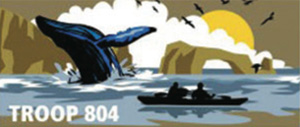
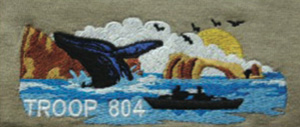
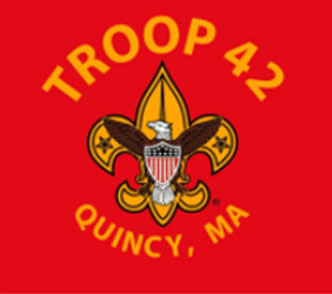
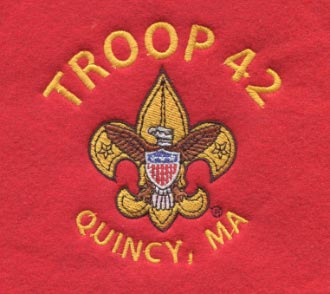
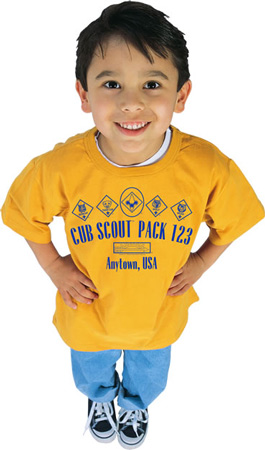
The ClassB Difference
ClassB® has earned the Scouting America® Quality Licensee award every year it has been available - more than any other Scouting America® Licensee! Our high regard for quality is another reason why ClassB® is the best choice to makeYour Embroidered Apparel



